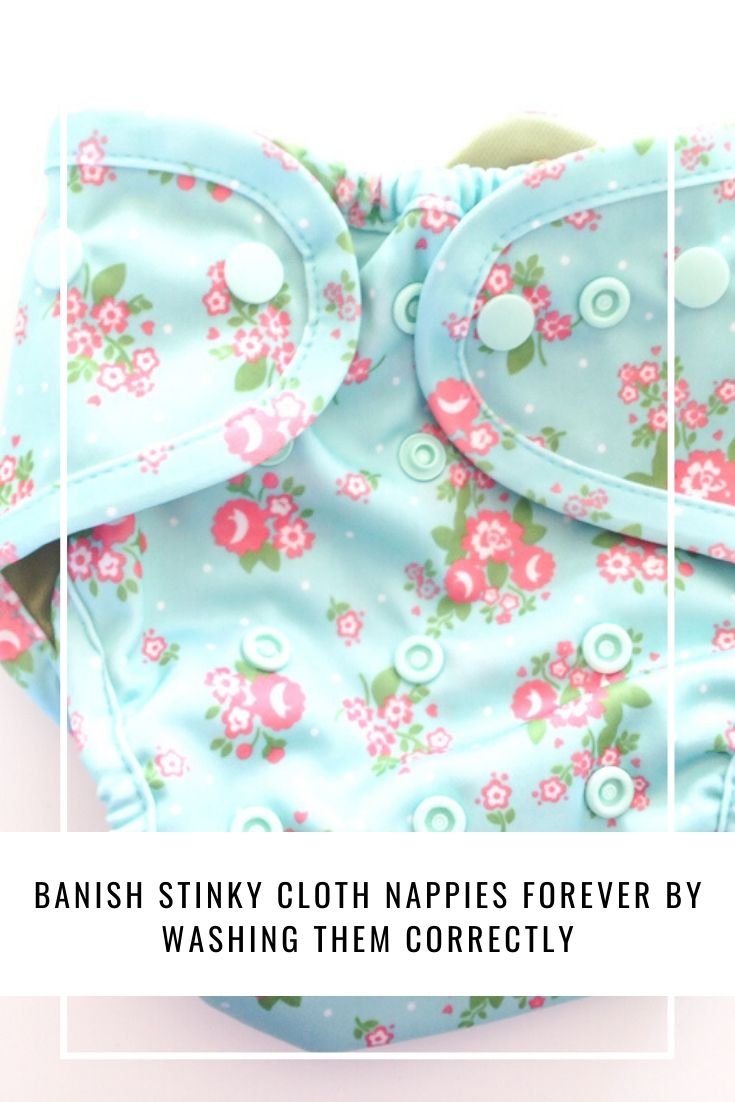Cloth nappies were once the norm, but with the advent of companies like Pampers in the late eighties and early nineties, that all changed. Before long, parents all over the country were buying giant plastic bags stuffed with disposal garments ready for landfill.
Banish Stinky Cloth Nappies Forever By Washing Them Correctly

At the time, it seemed like a great idea. But as the years have worn on, people have begun to see that disposable nappies aren’t all they’re cracked up to be. In fact, they’re damaging to the environment and might even be bad for babies’ skin.
Eco-conscious parents, therefore, are once more investigating cloth nappies, hoping that they will provide them with all of the stool-capturing performance that they need.
But aren’t they gross? And won’t they lead to washer repair?
95 Percent Of The Poo Goes Down The Loo
You might worry about throwing a fully soiled nappy in the washing machine. And you’d be right: that would be gross. As it turns out, however, you don’t have to throw the nappies in the washing machine as they come off your child’s body. Most parents scrape 90-plus percent of the soiling into the toilet and then put the cloth in the washing. Doing this reduces wear and tear on the internals, and prevents water from turning into some kind of fecal slurry.
Parents who use disposable nappies should do this too, by the way, but most don’t. Disposable nappy manufacturers give parents instructions to scrape the soil away from the nappies, allowing it to join the rest of the sewage system. It stops the poo from going to landfill and potentially causing a health hazard, wrapped up inside what is essentially a non-biodegradable package.
Use Strong Detergent And Wash At A High Temperature
Once the nappies are in the washing machine, they need a thorough clean. Fortunately, manufacturers of cloth nappies are sensible. They make them so that washing at high temperatures won’t make them shrink.
Whack your washing machine up to maximum temperature – usually somewhere between 60 and 75 C. Then use a strong detergent that is also safe for baby’s skin. Check the internet for suitable products. Add your regular Ecover detergent and set the machine running.
Over time, nappies can become increasingly pungent, even with regular washing. Some parents, therefore, like to blitz their cloth nappies every couple of months with three cycles in a row at maximum temperature.
Hang Them On The Line
The last step is to dry them. While you could use the tumble dryer, this wouldn’t be particularly environmentally friendly. The best solution is to hang the nappies out on the line. If you don’t have an outside line (or its raining), use an indoor clothes horse.
Is Washing More Eco-Friendly?
You might wonder whether using loads of water and energy to wash nappies is any more green than merely buying the disposable variety. It turns out that it is. Not only do cloth nappies create less landfill, but they also require less water and energy than regular nappies per use.
PIN IT!

Be sure to subscribe to my blog for an update when a new post is live!
Let’s connect!